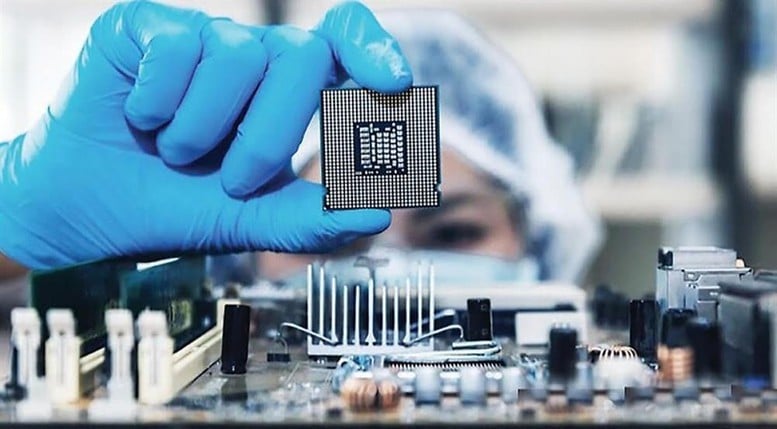
According to the Decision, the Training Program Standards (CTĐT) on semiconductor microchips apply to highereducation institutions participating in the implementation of the Program "Developing human resources for the semiconductor industry to 2030, with a vision to 2050" according to Decision No. 1017/QD-TTg dated September 21, 2024 of the Prime Minister.
This is the basis for universities to develop, review, and update semiconductor training programs and report to the Ministry of Education and Training (MOET) before enrollment.
Refer to the training requirements of many developed countries.
The training program standards for semiconductor microchips at undergraduate and master's levels are the minimum general requirements applicable to all training programs of undergraduate and master's levels according to current regulations participating in training human resources for the semiconductor industry. Training program standards include requirements on objectives, output standards, input standards, study volume, structure and content, teaching methods and assessment of results, teaching staff and support staff, facilities, technology and learning materials.
The process of developing the Training Program Standard involved experts and scientists on semiconductor microchips; widely consulting with training institutions, employers and former graduates of training programs related to semiconductor microchips; consulting with the corresponding training program requirements of countries and territories with developed economies such as the United States, Germany, France, the Netherlands, Japan, Korea, and Taiwan.
The training program standard is the basis for training institutions to develop and implement training programs on semiconductor microcircuits. This standard is also the foundation for designing and implementing training programs in majors - minors, dual degrees or interdisciplinary programs on semiconductor microcircuits.
Based on training orientation and practical conditions, training institutions can develop a curriculum partly or entirely in English to improve learners' foreign language learning ability and gradually approach international standards. In addition, the program also focuses on equipping learners with interdisciplinary skills such as programming, simulation and data analysis, helping learners develop technological thinking and the ability to work in a global environment, effectively meeting domestic and international human resource needs for semiconductor microchips.
List of training majors serving human resources in the semiconductor industry
List of statistics of industries related to semiconductor microchips that can participate in training human resources for the semiconductor industry according to current regulations as follows:
University level includes the following majors: Physics, Mechanics, Chemistry, Computational Science, Data Science, Computer Science, Software Engineering, Computer Engineering, Artificial Intelligence, Information Technology; Cyber Security (pilot); Robotics Engineering (pilot); Electrical and Electronic Engineering (pilot)...
Master's degree includes the following majors: Solid State Physics, Radio and Electronic Physics, Solid State Mechanics, Optics, Inorganic Chemistry, Organic Chemistry, Computer Science, Electronic Engineering, Telecommunications Engineering...
Take the learner as the center, the main subject of the training process
The goal of the Semiconductor Microchip Training Program is to train high-quality human resources with political qualities, professional ethics, technological thinking, creativity and the ability to work in a global environment; ready to take on job positions in the value chain of the semiconductor industry, including: Design and manufacture of integrated circuits, non-factory design, microchip manufacturing, equipment and tool manufacturing.
Learners are equipped with a foundation of knowledge, skills and practical abilities to take on different positions in the semiconductor industry value chain, while being able to adapt to rapid technological developments and continue learning at a higher level.
The output standards of the semiconductor microchip training program must meet the output standards of the Vietnam National Qualifications Framework, the output standards of the Training Program Standards of the corresponding training sector/field/sector. The training institution will develop output standards with competency levels appropriate to the characteristics of each training program, but must meet the minimum requirements according to the Bloom's Competency Scale corresponding to each training level (Bachelor, Engineer, Master).
The admission standards of the training program clearly define the minimum requirements for qualifications, abilities and experience appropriate for undergraduate and master's training in semiconductor microcircuits. These requirements are intended to ensure that learners can study successfully and complete the training program well.
The minimum learning volume of a training program must be consistent with the requirements of the Vietnamese national qualification framework. The structure of the training program includes the main components: General education, professional education, supplementary knowledge block and graduation course block.
The teaching method is designed according to a learner-centered approach, considering the learner as the main subject of the training process. The assessment of learning outcomes not only focuses on theoretical knowledge but also includes practical ability, ability to solve practical problems, skills and attitudes of the learner, in order to fully reflect comprehensive capacity.
Source: https://baolangson.vn/ban-hanh-chuan-chuong-trinh-dao-tao-ve-vi-mach-ban-dan-5047175.html


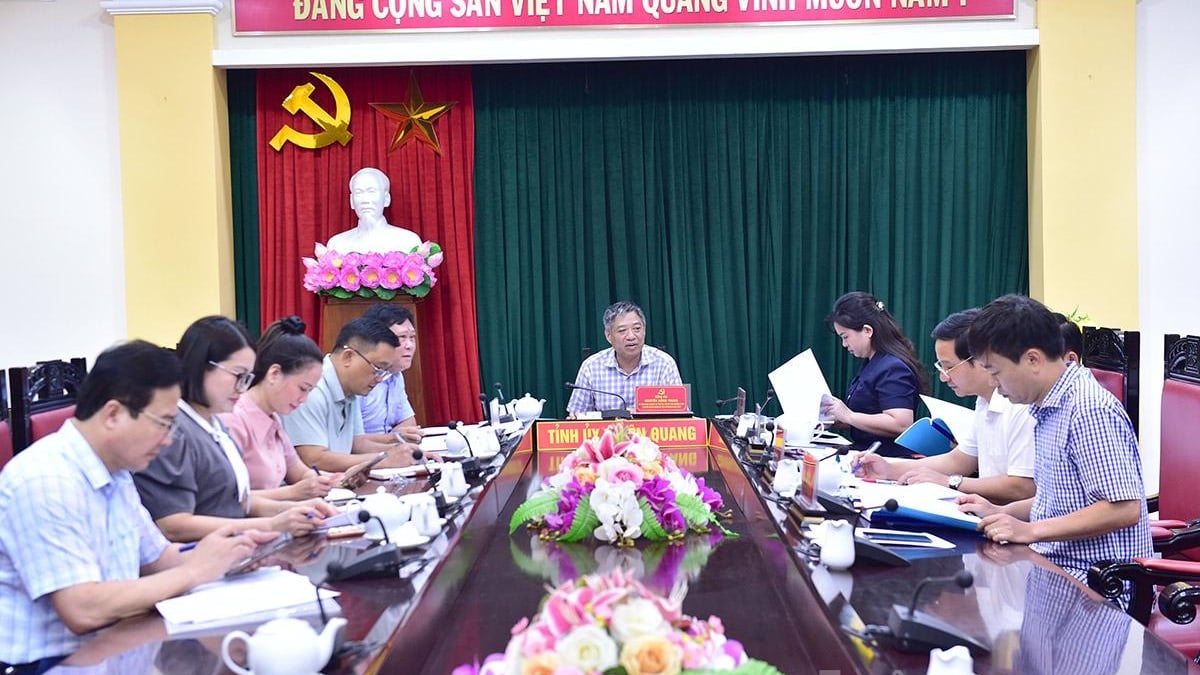



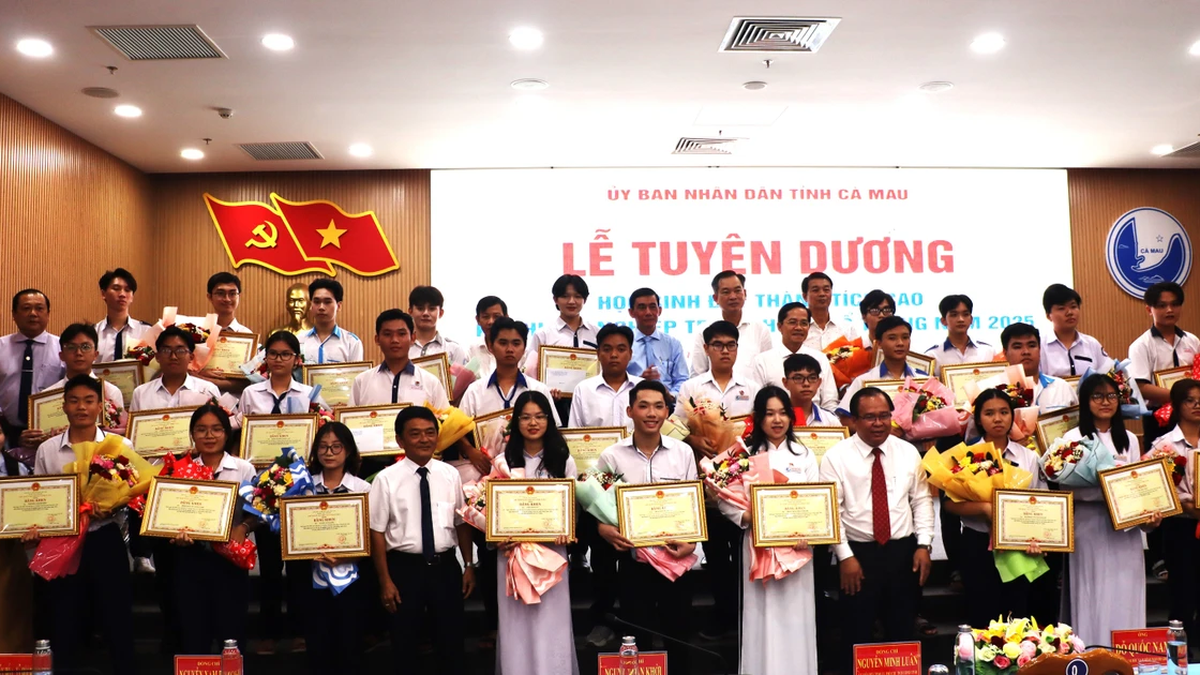
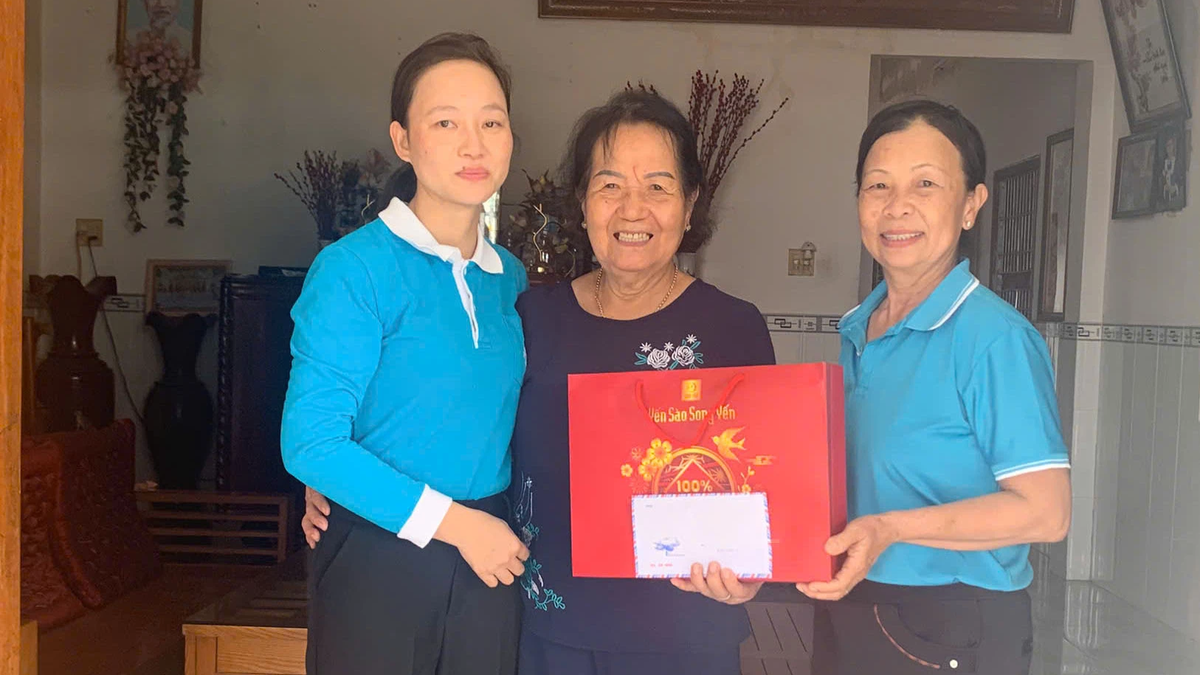
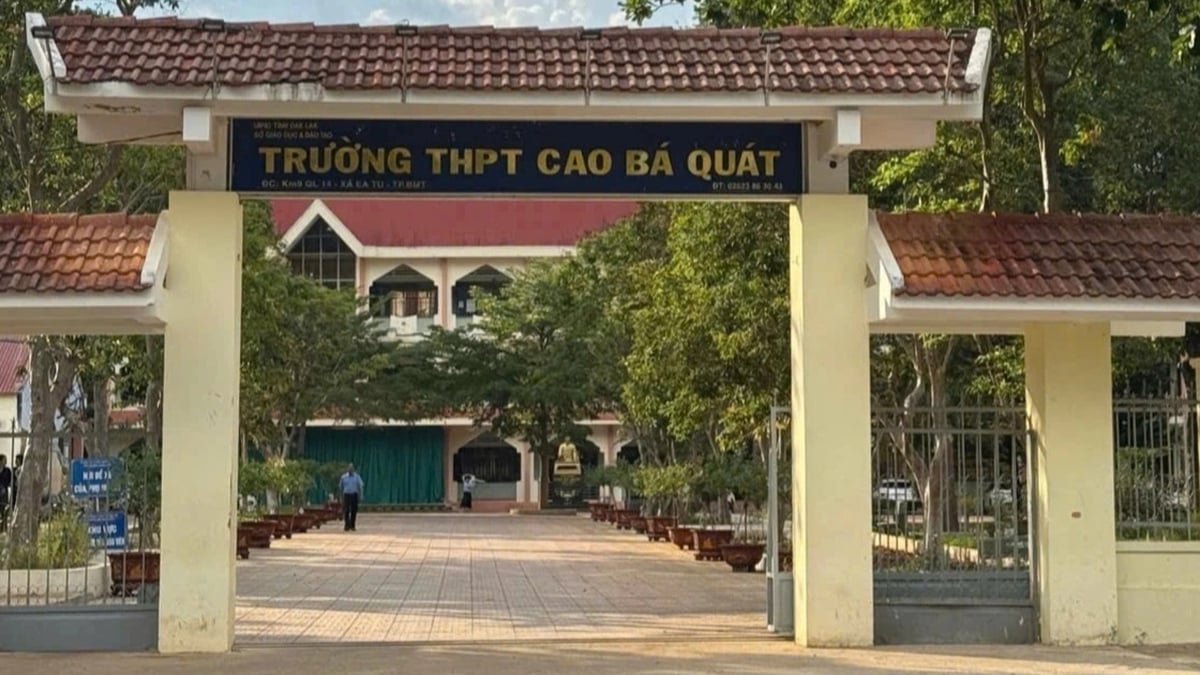

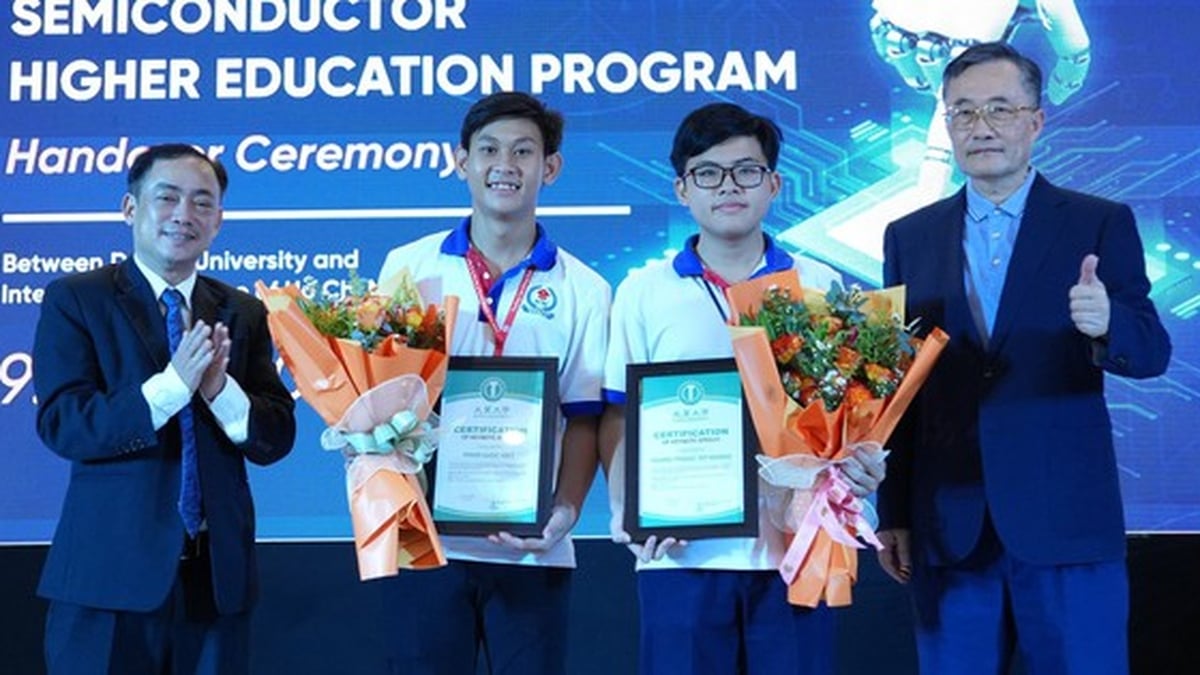























































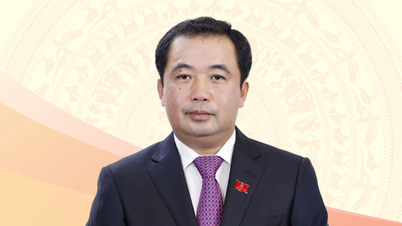





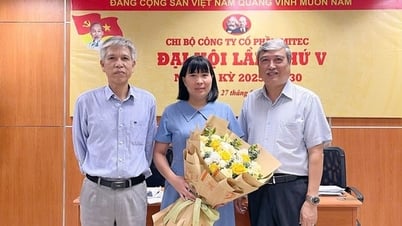


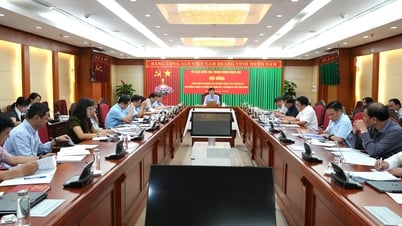
























Comment (0)